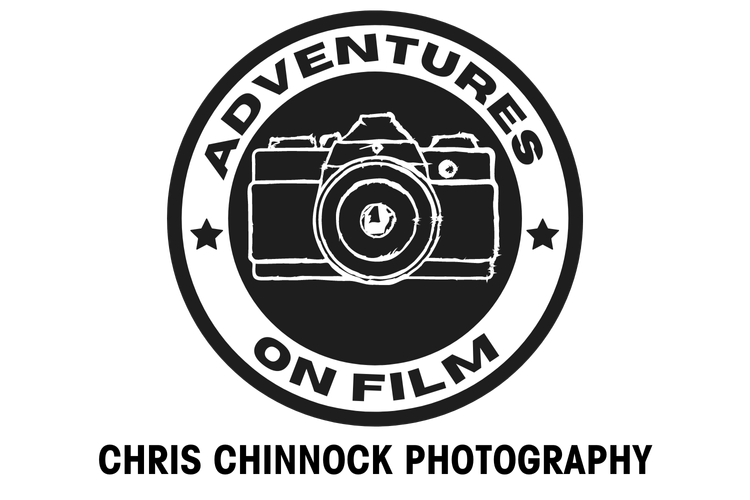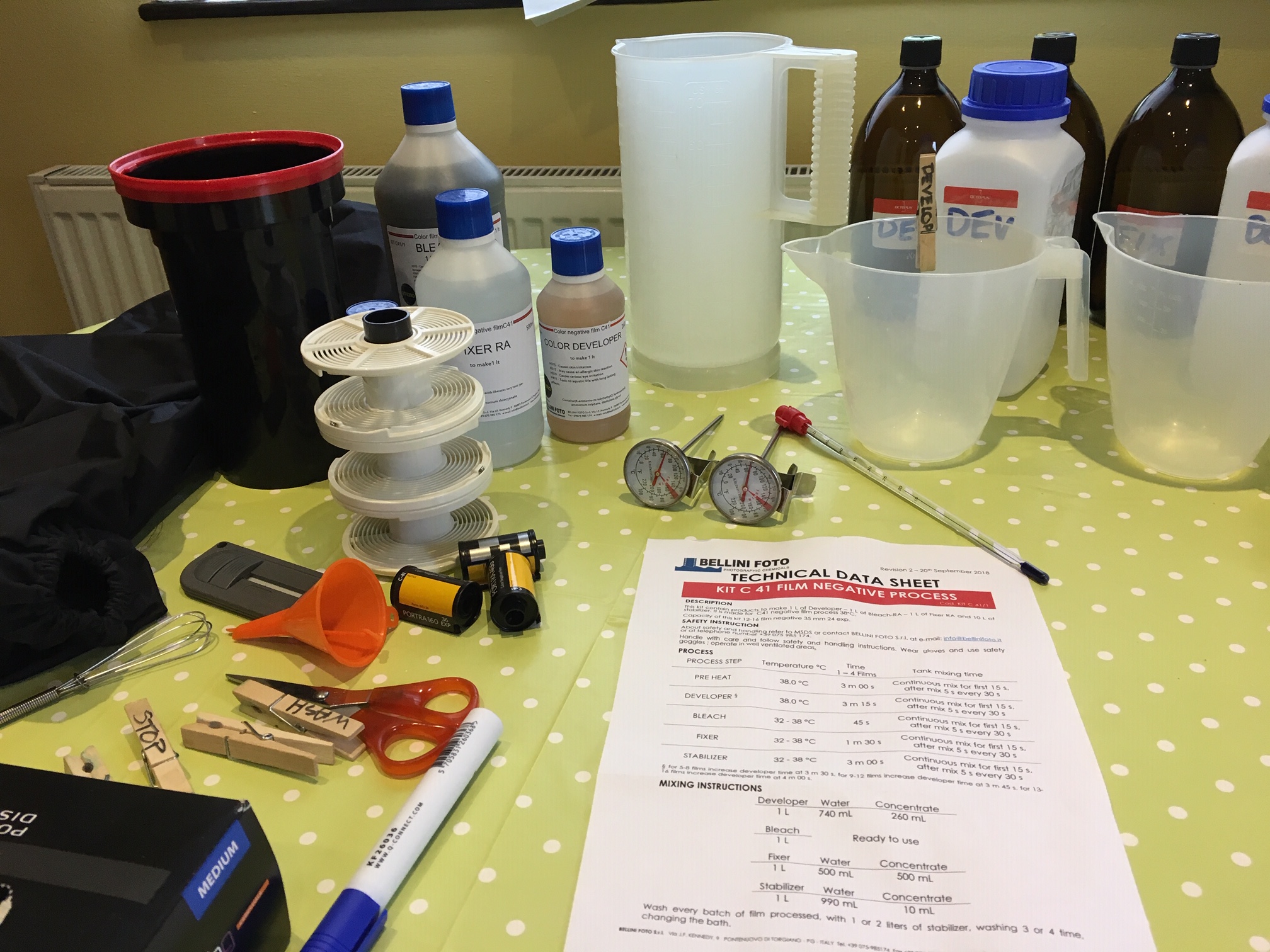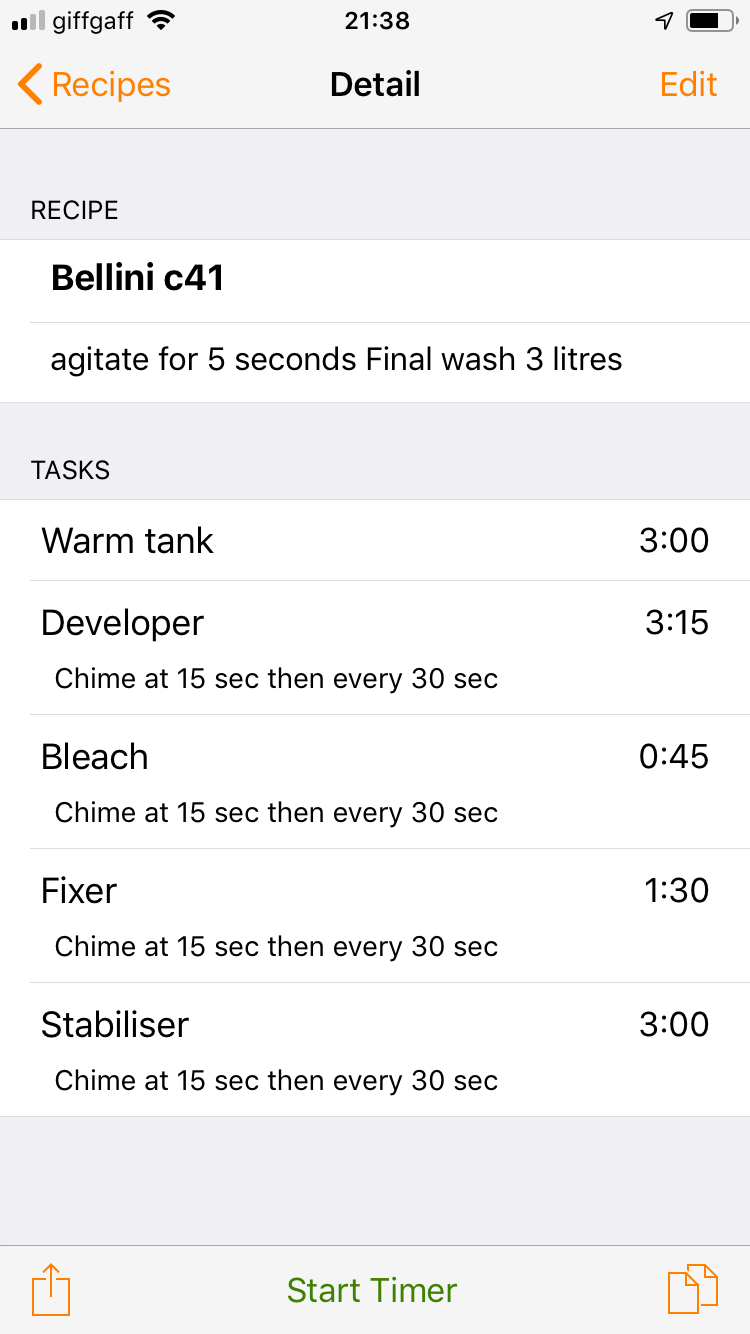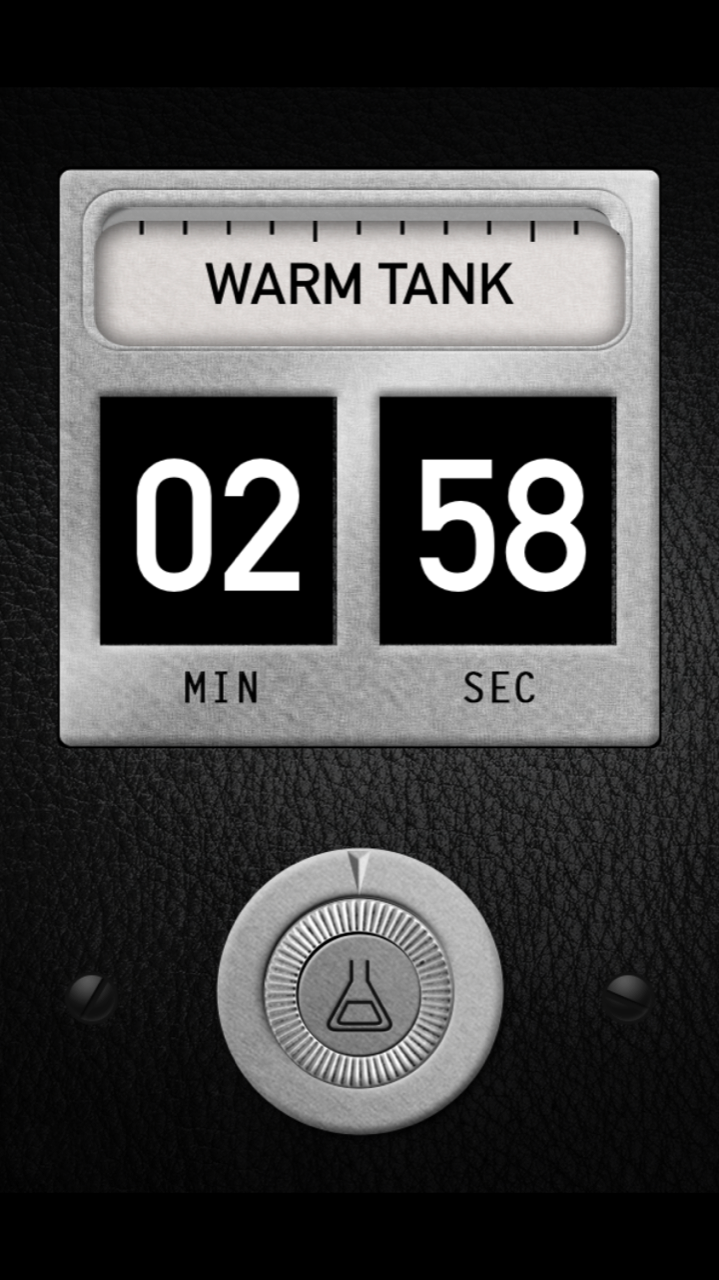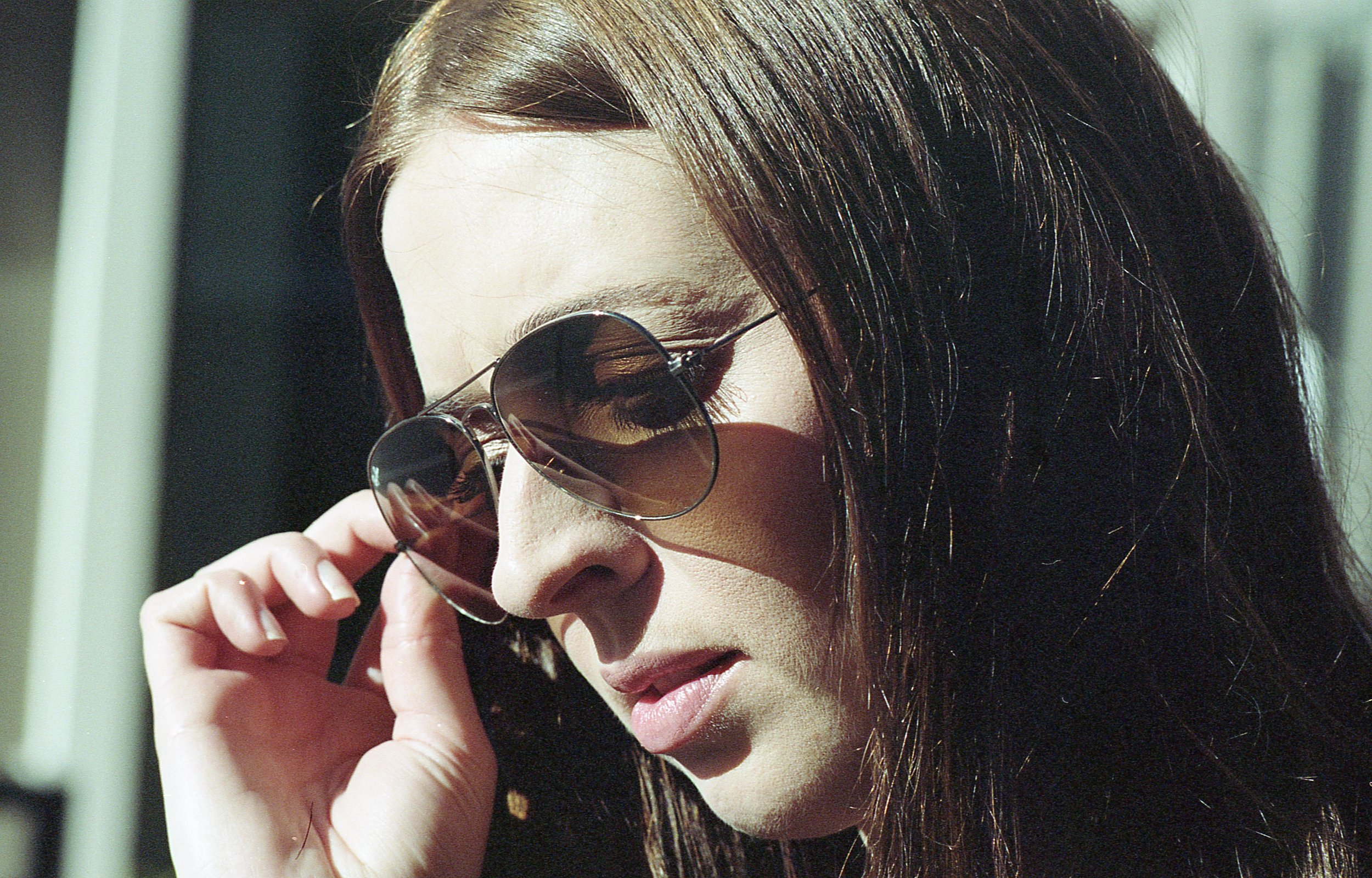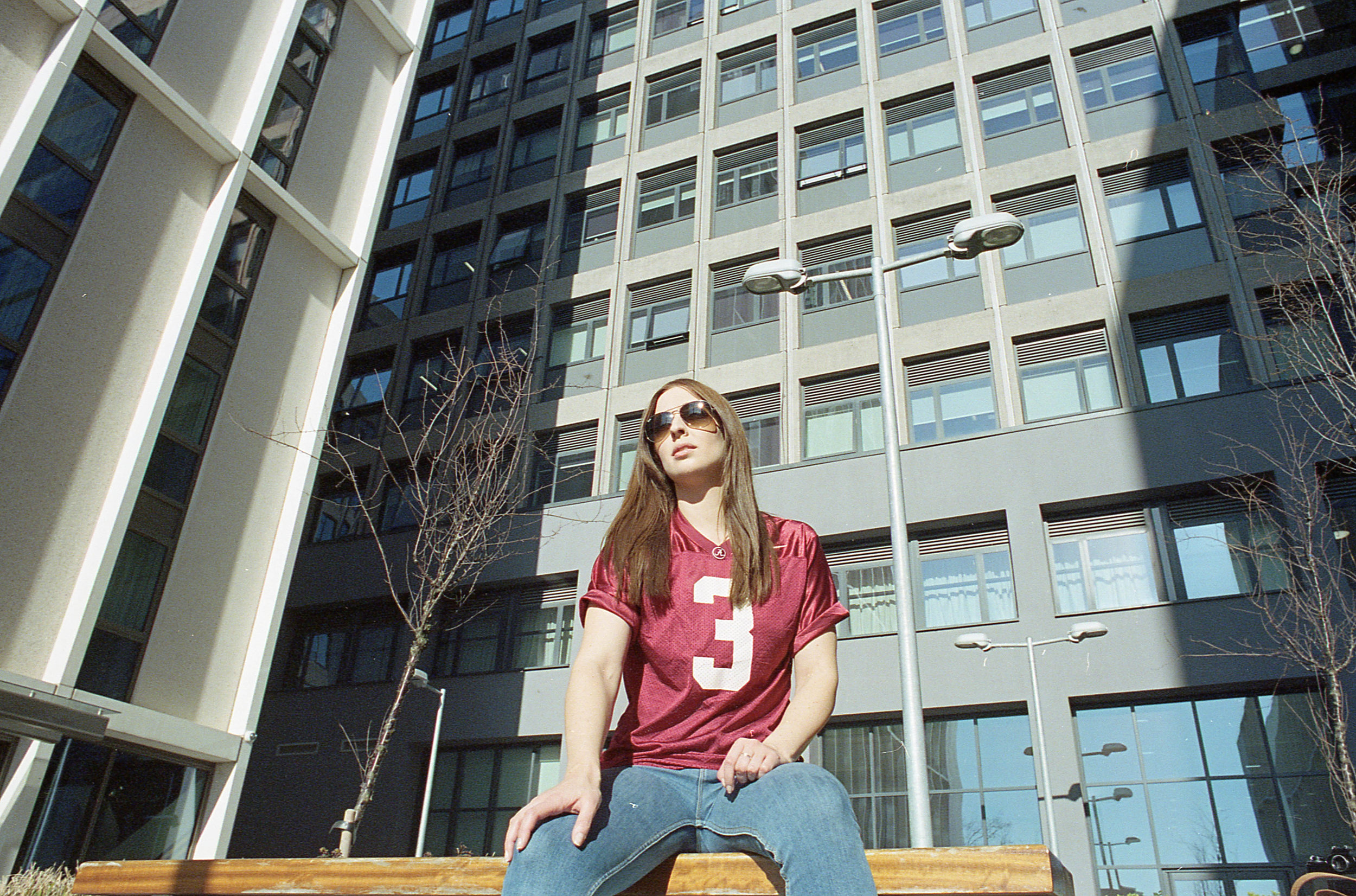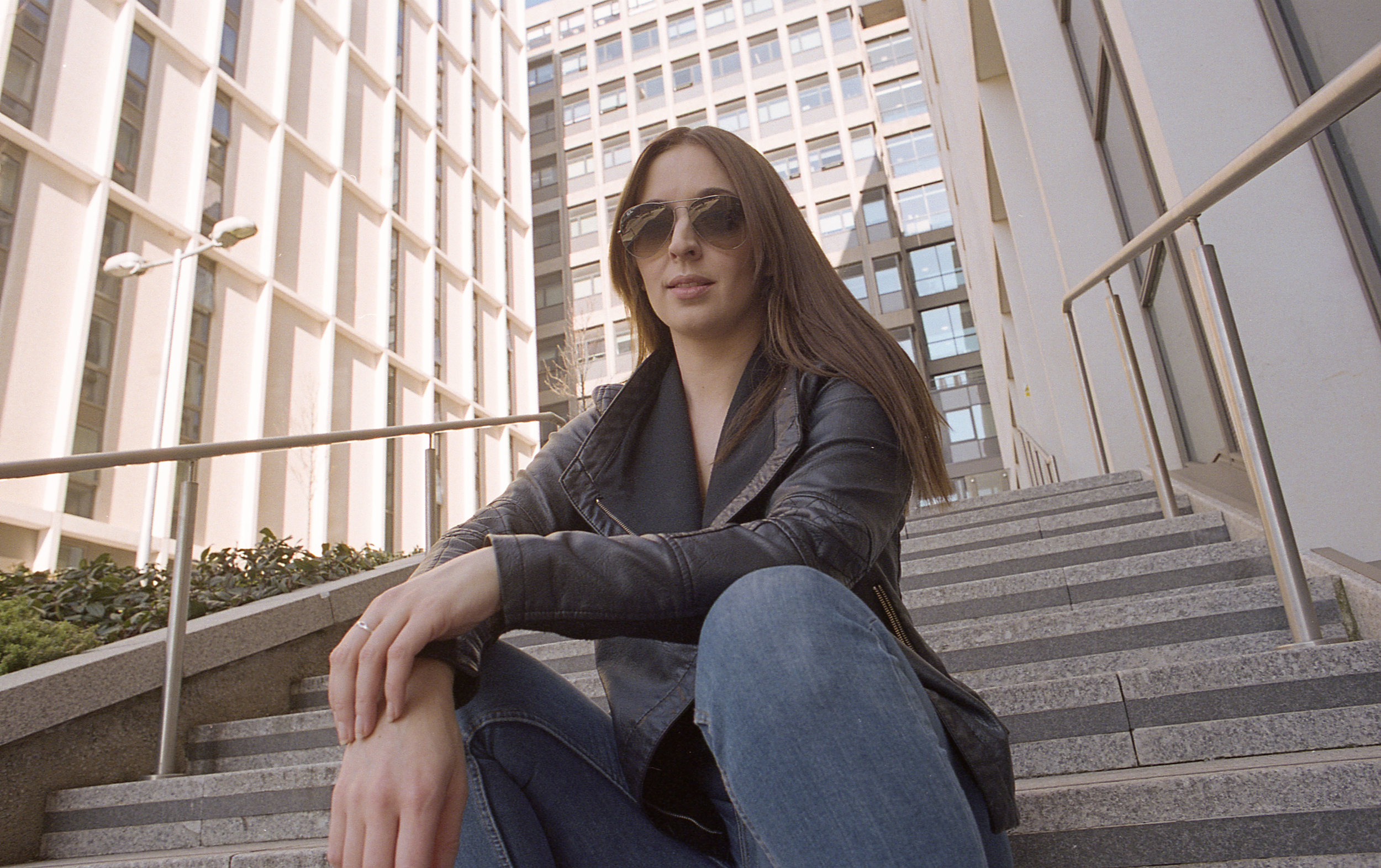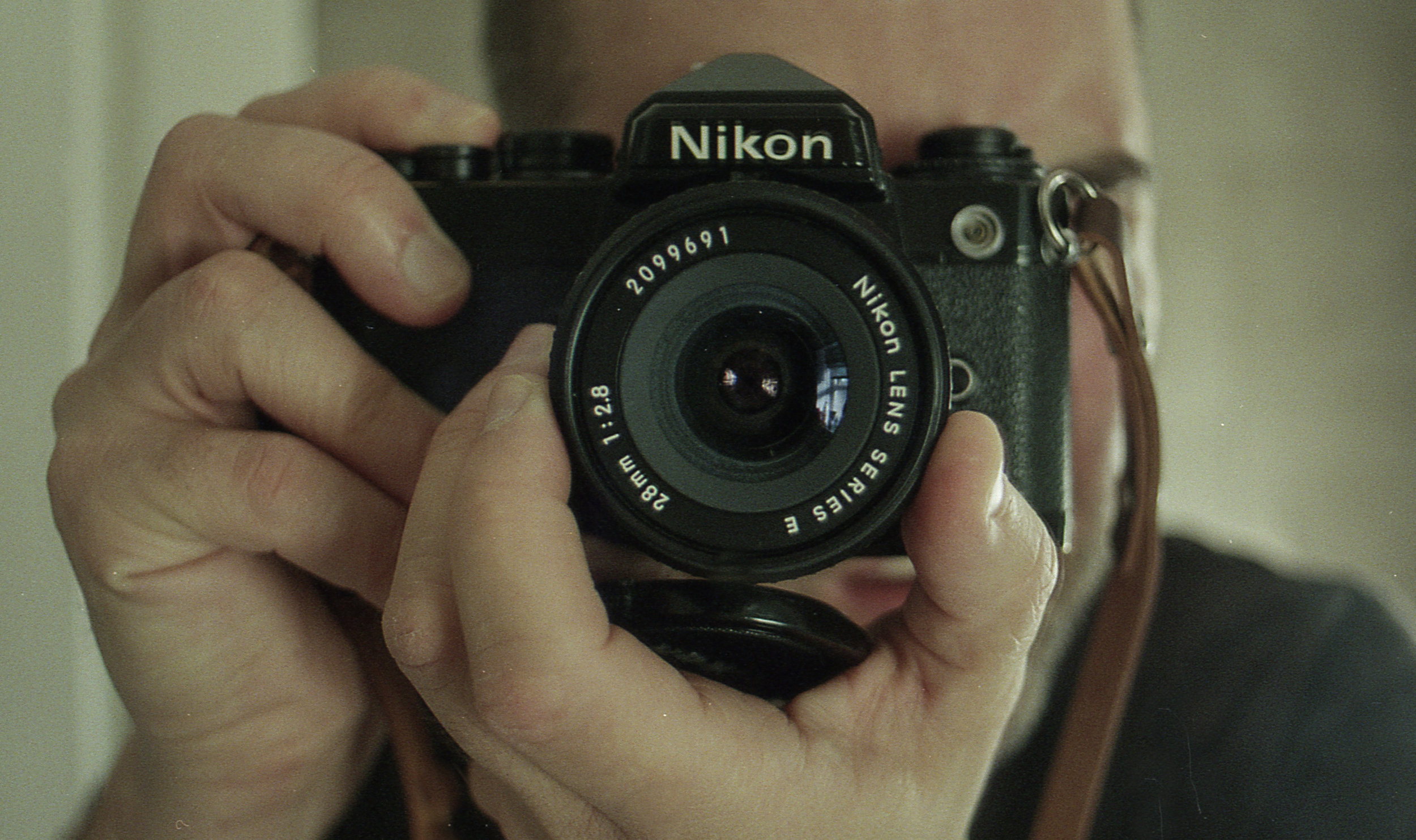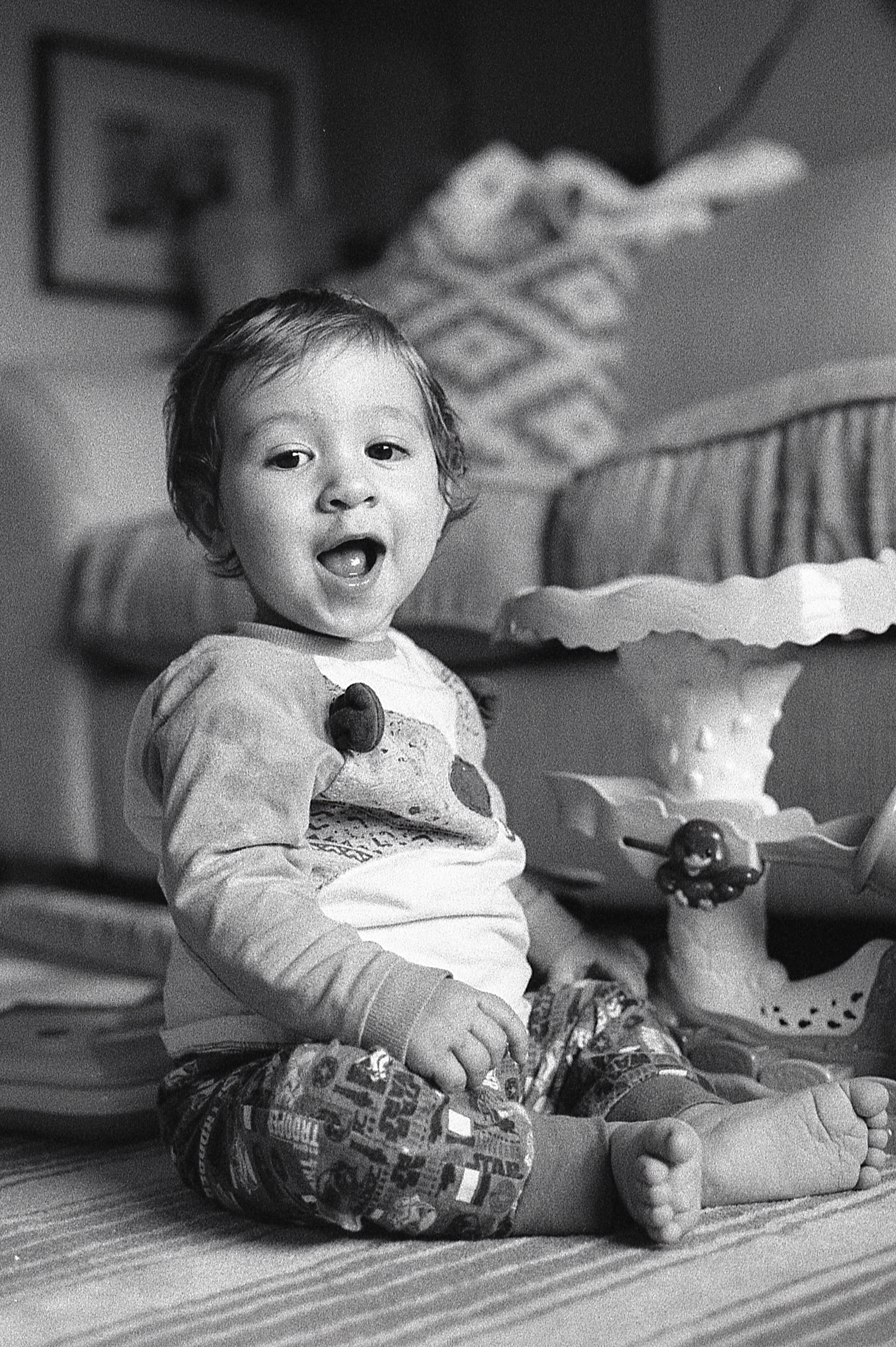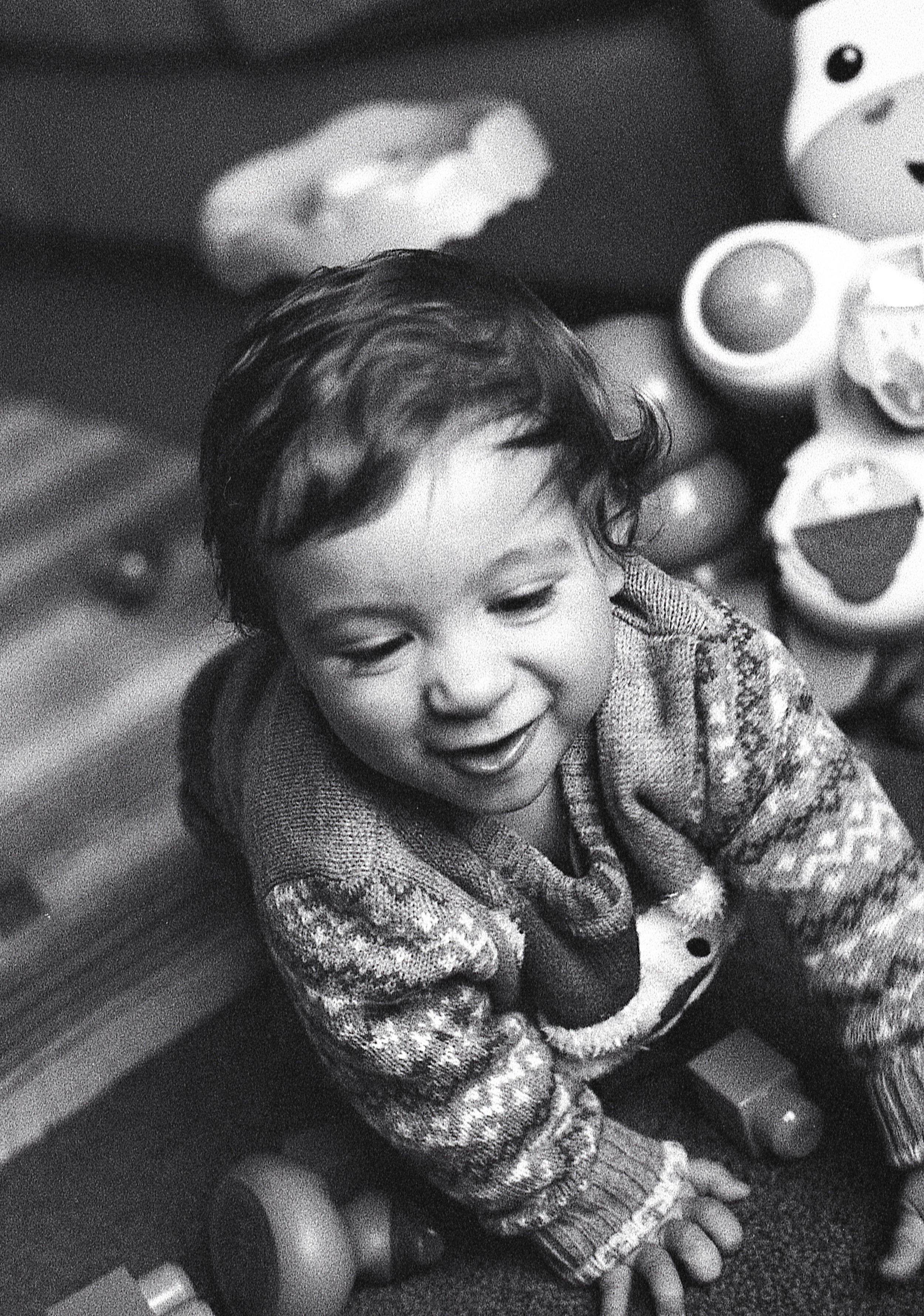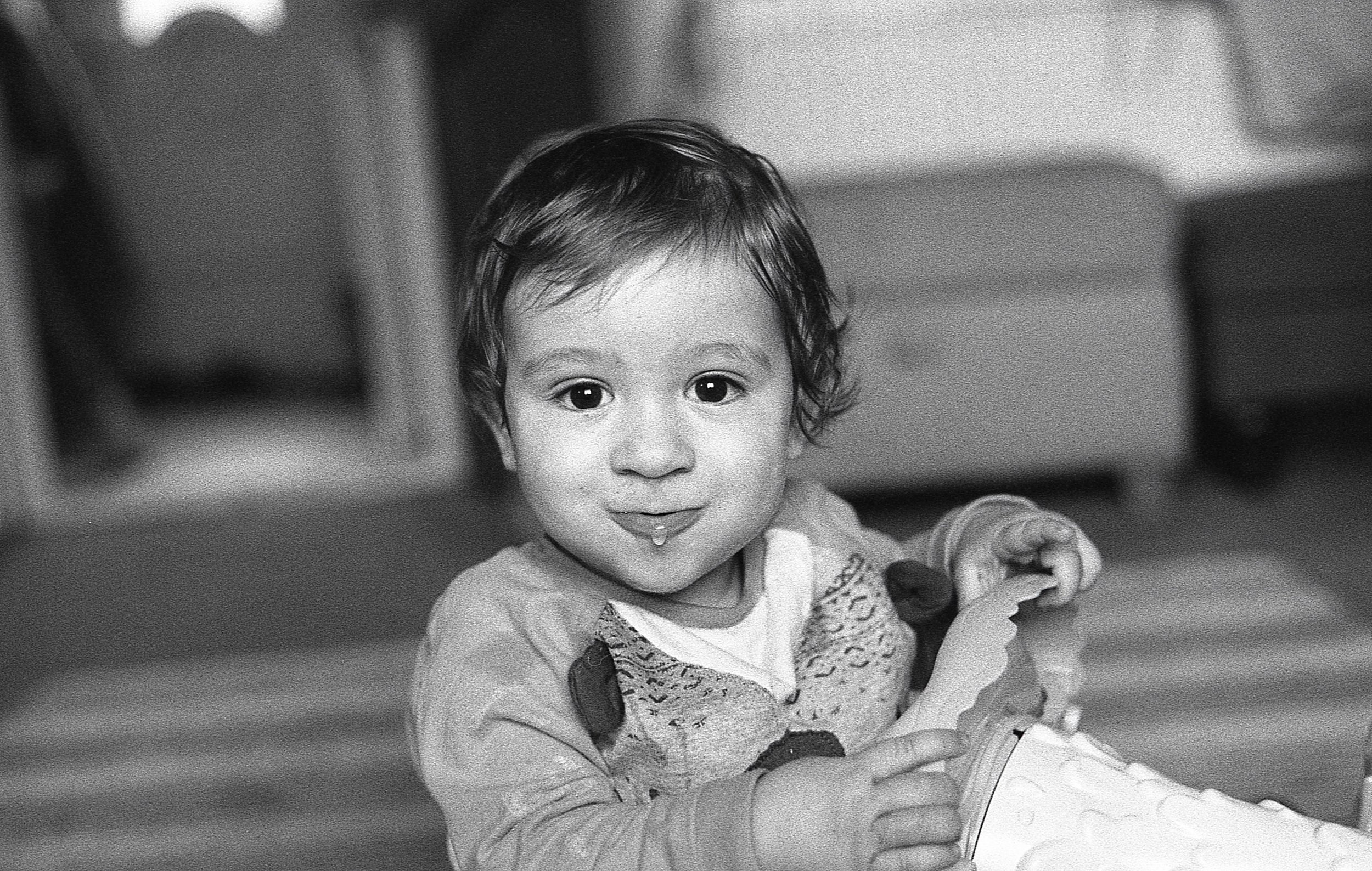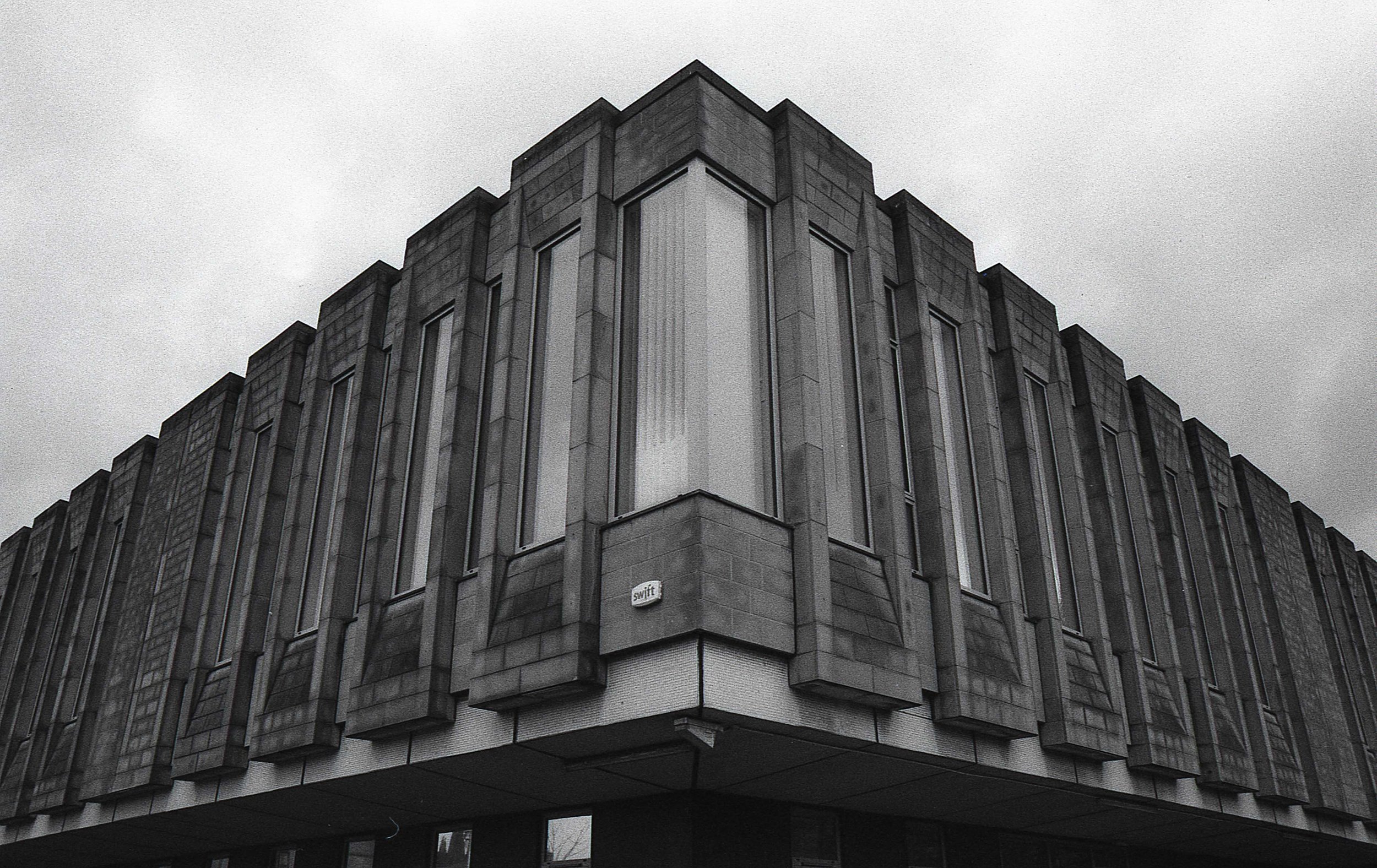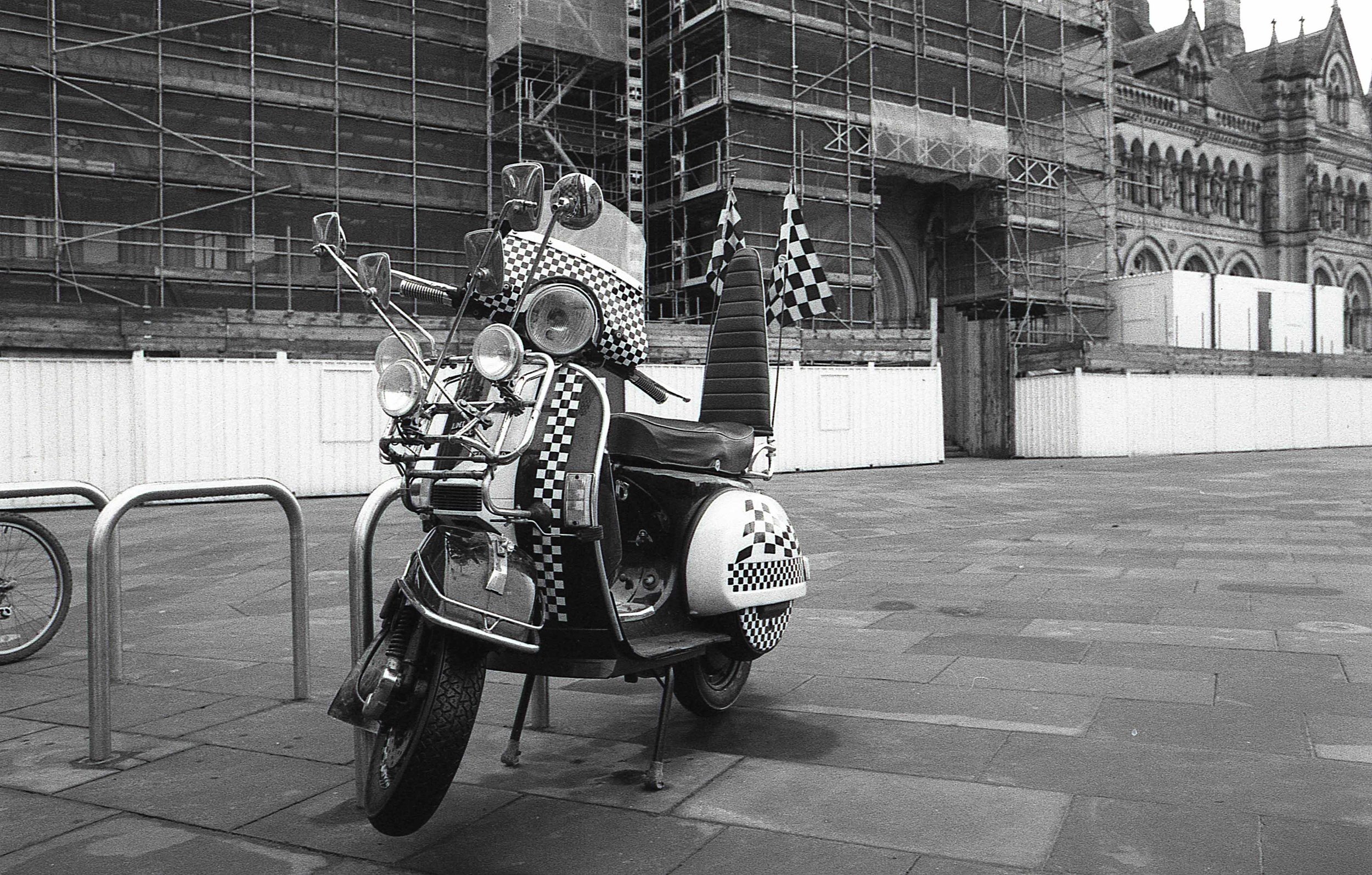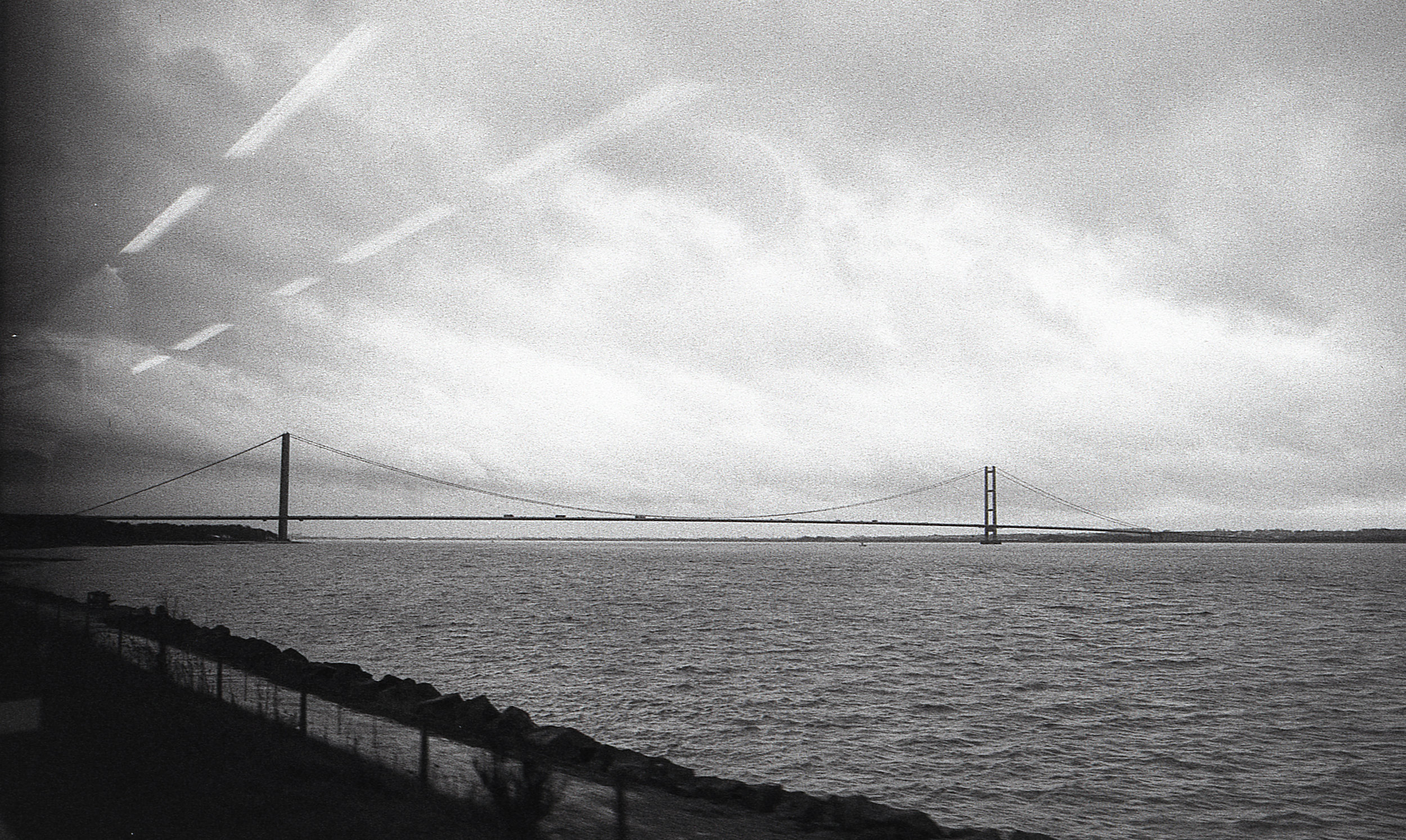I’d be lying if I said that I didn’t enjoy the process of preparing for a photo shoot almost as much as the shoot itself! The anticipation of all those endless creative possibilities to come, the excitement tinged with a nervousness that naturally accompanies these thoughts: Will everything work? Am I up to the task? Will it piss it down with rain like it has done all day today....
Film photography invites you to make creative decisions up front (not all of course as development, processing and printing are large factors too) but your choice of film, camera and lens are important considerations. Perhaps more so on film than digital as each film has different characteristics and vintage lenses have their own unique qualities that they bring to the table.
My main 35mm set up is an all Nikon affair but I also have a thing for Soviet lenses, there is just something about them that I am drawn to which allows for some interesting creative possibilities (or maybe it’s because they’re cheap)! While I love Soviet glass I’ve found that Soviet cameras on the other hand can leave a lot to be desired - in my experience they aren’t that reliable and since (annoyingly) M42 lenses won’t easily adapt to Nikon mount cameras I have added a couple of Pentax Spotmatic bodies to my collection which I use for my M42 shenanigans, I’m not going to go into a big review of the Spotmatic F because I’ve already done that HERE suffice it to say that it is a very very fine camera indeed and an absolute joy to shoot with.
So let’s talk lenses then, we’ll start with the Helios 44-2 which you can see at the top left of the image below - it is renowned for it’s ability to do swirly bokeh. But this is no one trick pony and it’s certainly not a novelty or toy lens. It is absolutely sharp (the caveat being that sharpness as a concept is MASSIVELY over stated) it has lovely contrast, tone and detail too and the bokeh is wonderfully smooth as well having some good swirly patterning. The best part? Mine cost me £10! I bought it attached to a broken Zenit camera for £25 - kept the lens and sold the zenit body for £15 :)
There are loads of versions of the Helios 44, I’ve had several later versions all of which had really stiff focussing rings, I tried out this earlier 44-2 version and it’s my fav so far. The build quality is very good, focus is smooth and it has a preset aperture control so you choose which aperture you want using a ring on the front of edge of the lens, you can then adjust the aperture manually so you focus while it’s wide open and then stop it down to shoot (it takes longer to explain than it does to actually do it) this works well for me as I have a Spotmatic F which won’t mount non Pentax lenses with auto aperture pins (note to anyone reading this wanting to use a spotmatic for Soviet glass - if you have a Spotmatic F then stick with preset lenses or if you’re looking to buy just get an older Spotmatic).
The Lens attached to the Spotmatic in the image above is the lovely Jupiter 9, it’s an 85mm f2 lens - this focal length is one of my faves to shoot, especially portraiture. Slightly more rare than the Helios (but that’s only because they made literally a kabillion Helios lenese) the Jupiter 9 is a very very lovely bit of glass indeed - build quality is excellent, focussing is lovely and smooth. I bought mine via evilbay from a seller in Russia for £70. There were several versions of this lens, this is the single coated version dating from the mid 80’s i think - later multicoated ones seem to be at a premium far above any real world advantage you might expect. One of the most impressive things about the Jupiter 9 is it’s size- it’s almost the same size as the Helios!! It looks like a 50mm prime lens which is amazing! It makes for a very compact and portable portrait combination.
A few words about the shoot itself and then I’ll let the images do the rest of the talking: I chose ilford HP5 for this shoot because it was kind of overcast and we were shooting under tree cover so I wanted something flexible enough to handle any situation, I shot it at 800 and I love the results! HP5 absolutely sings when it’s pushed and I think these have a lovely tone and feel to them. A huge thank you to model Danni.
Jupiter 9
Jupiter 9
Jupiter 9
Jupiter 9
Jupiter 9
Helios 44-2
Helios 44-2
Helios 44-2
Helios 44-2
Once again my thanks to Danni for being such an amazing model and also to Exposure Film Lab who develop and scan all my portfolio work - they’re the best!
To say that I am over the moon with the results would be an understatement! First run out with the Helios 44-2 and the Jupiter 9 and I am so happy with how the images came out - in fact I think they make a good pairing, they have similar characteristics. The Helios has a little more swirl in the Bokeh where as the Jupiter 9 is buttery smooth but they both have excellent sharpness, contrast and detail but then you already know that as you’ve just seen the images right?! I’ll certainly be using this set up again in the near future and putting and I’ve really enjoyed shooting black and white portraits for a change, i use colour a lot in my portraiture so I wanted to mix it up a little, for me casual/day to day and personal work I’ve found Ilford HP5 to be such a versatile film, but I’ve never shot portaits with it - I love the results!
